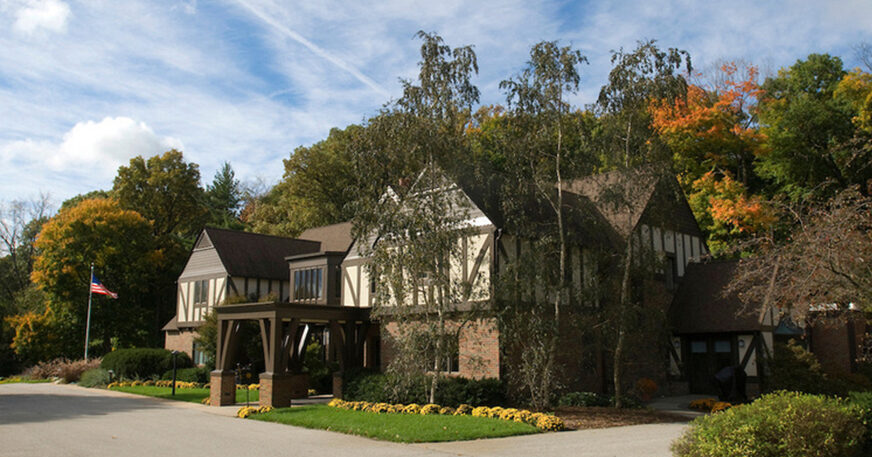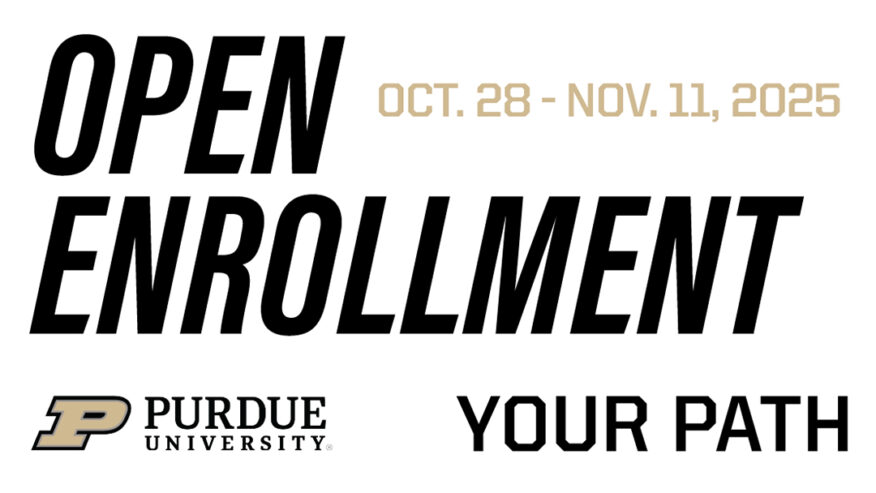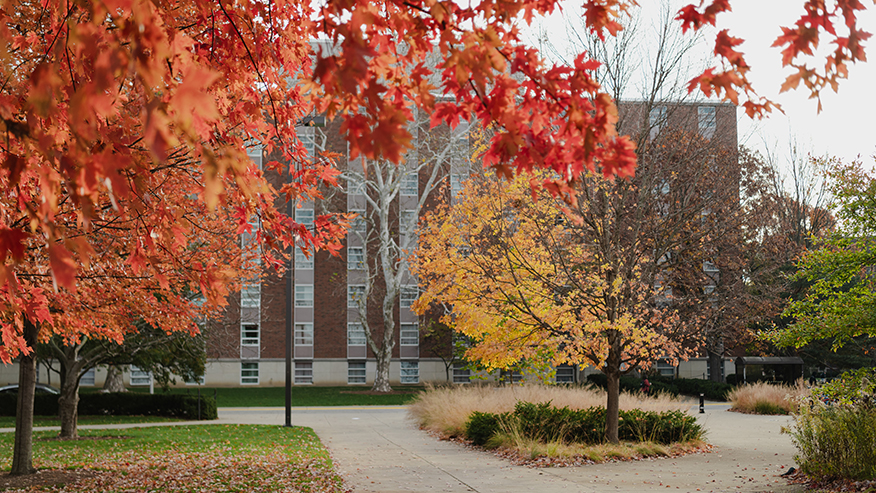National Academy of Inventors names three Purdue faculty as 2023 fellows
Selection as fellow is the highest professional distinction awarded solely to academic inventors


WEST LAFAYETTE, Ind. —
Three Purdue University faculty members, including two from the College of Engineering and one from the College of Veterinary Medicine, have been named fellows of the National Academy of Inventors (NAI), the organization announced on Tuesday (Dec. 12).
David Love, the Nick Trbovich Professor of Electrical and Computer Engineering; Ernesto E. Marinero, professor of materials engineering and of electrical and computer engineering (courtesy); and Masanobu Yamamoto, an adjunct professor in basic medical sciences in Purdue’s College of Veterinary Medicine, will be inducted at the Fellows Induction Ceremony during NAI’s 13th annual meeting June 18, 2024, in Raleigh, North Carolina. Their selection brings the number of current Purdue faculty NAI fellows to 21.
The NAI Fellows Program celebrates academic inventors whose work spans multiple disciplines and exemplifies their collaboration, dedication and innovation to transform research into real-world commercial technologies that contribute to the betterment of society.
Election as an NAI fellow is the highest professional distinction awarded to academic inventors.
Additional Information
- National Academy of Inventors names two Purdue faculty as 2022 fellows
- Purdue University named No. 16 among World’s Most Innovative Companies, No. 1 in education
- Purdue University undergraduate national ranking jumps 8 spots, with 13 undergraduate programs in top 10 in the U.S.
- Purdue’s ‘Most Innovative’ status reaches 5 years in U.S. News & World Report rankings
“I’m deeply honored to be named a fellow of the National Academy of Inventors, as the accolade serves as a testament to our work on problems of real-world importance to the wireless industry,” said Love, who leads the Purdue NextG Center for Communications and Sensing and holds 32 U.S. patents. “Purdue has a long history of research and innovation in communications and signal processing, and we all take great pride in continuing this tradition.”
Love’s research interests are in the design and analysis of broadband wireless communication systems, beyond-5G wireless systems, multiple-input multiple-output (MIMO) communications, millimeter wave and higher frequency wireless, software defined radios and wireless networks, coding theory, and MIMO array processing.
He is one of the inventors of codebook-based precoding, which is found in all 4G and 5G wireless systems. His early work on millimeter wave beamforming and massive MIMO has found widespread use in 5G.

Ernesto E. Marinero joined Purdue in 2013, after an industrial research career at the IBM Almaden Research Center and the Hitachi San Jose Research Center, both in California. Marinero’s research program focuses on nanomaterials and devices for applications in low power, ultrafast magnetic-based computational hardware and the development of future high-capacity and -performance solid-state batteries for transportation electrification.
“I am humbled to be selected to join such a select group of researchers whose work in their respective fields is truly world-changing in its scale, scope and size,” Marinero said. “Similarly, our research at Purdue is on a mission to harness the power of the nanoscale for the betterment of society through the development of microelectronic devices that exploit the spin of the electron to store, transfer and process information, employing significantly less energy and dissipating less heat than current devices. We are developing also new solid-state materials to overcome the safety and performance issues of current Li-ion batteries for accelerating the adaptation of transportation electrification, a critical objective for a sustainable planet.”
Marinero has been granted more than 100 patents, including 67 in the U.S., 32 in Asia and 15 from European patent regulators. His inventions in magnetic recording materials and sensor devices have led to the continual advancement of hard drives and have been utilized in IBM and Hitachi commercial products.

Masanobu Yamamoto is the chief technology officer for Miftek Corp., a company in Purdue’s Technology Research Park, in addition to his faculty position in the College of Veterinary Medicine.
He is the holder of close to 100 U.S. and 220 Japanese patents, many related to technologies developed for the electronic gaming and disc storage industries during his 40-year career at Sony Corp. Yamamoto was a key developer in optical components, including Blu-ray technology. After the completion and commercialization of Blu-ray, Yamamoto led a team that established the life science division of Sony, which utilized cutting-edge, optical technology for use in biosciences.
“We have engaged single-photon technology as a tool to analyze chemical and physical characteristics of cells, including cancer. We are bringing the quantum world into the field of biology,” Yamamoto said. “In the scope of invention, every discovery is a looking glass of hope. I’m proud to be able to represent Purdue in this endeavor.”
Yamamoto is collaborating with J. Paul Robinson, Distinguished Professor of Cytometry and the director of Purdue University Cytometry Laboratories, who was named an NAI fellow in 2022.
In September, Purdue was ranked fourth among leading research institutions in NAI’s Top 100 U.S. Universities Granted U.S. Utility Patents. The list, which is based on 2022 data obtained from the U.S. Patent and Trademark Office, was created to “highlight and celebrate U.S. universities that play a large role in advancing innovation and invention in the United States.”
The 2023 fellow class represents 118 research universities, governmental and nonprofit research institutions worldwide. This class includes 89 individuals from Association of American Universities institutions and 128 individuals from R1 universities, which boast very high research activity. Collectively, the 2023 fellows hold over 4,600 issued U.S. patents. Since its inception in 2012, the NAI Fellows Program has accounted for more than 63,000 issued U.S. patents and 13,000 licensed technologies. Their innovations have generated over $3 trillion in revenue and 1 million jobs.
This year’s class includes two Nobel laureates; three National Inventors Hall of Fame inductees; 22 members of the National Academies of Sciences, Engineering, and Medicine; and individuals holding other honors and distinctions, as well as senior leadership from universities and research institutions.
About Purdue University
Purdue University is a public research institution with excellence at scale. Ranked among top 10 public universities and with two colleges in the top four in the United States, Purdue discovers and disseminates knowledge with a quality and at a scale second to none. More than 105,000 students study at Purdue across modalities and locations, with 50,000 in person on the West Lafayette campus. Committed to affordability and accessibility, Purdue’s main campus has frozen tuition 13 years in a row. See how Purdue never stops in the persistent pursuit of the next giant leap, including its first comprehensive urban campus in Indianapolis, the new Mitchell E. Daniels, Jr. School of Business, and Purdue Computes, at https://www.purdue.edu/president/strategic-initiatives.
Writer/Media contact: Wes Mills, wemills@purdue.edu
Sources: David Love, Ernesto Marinero and Masanobu Yamamoto


